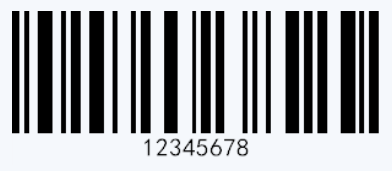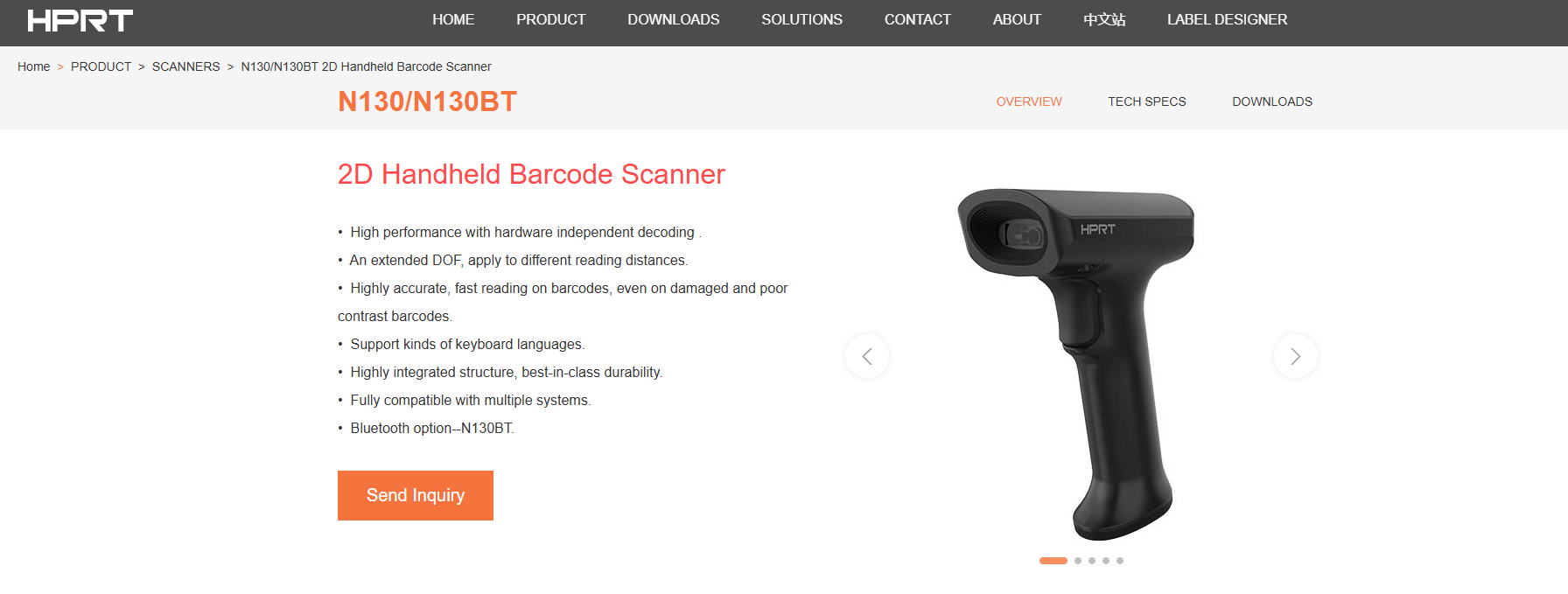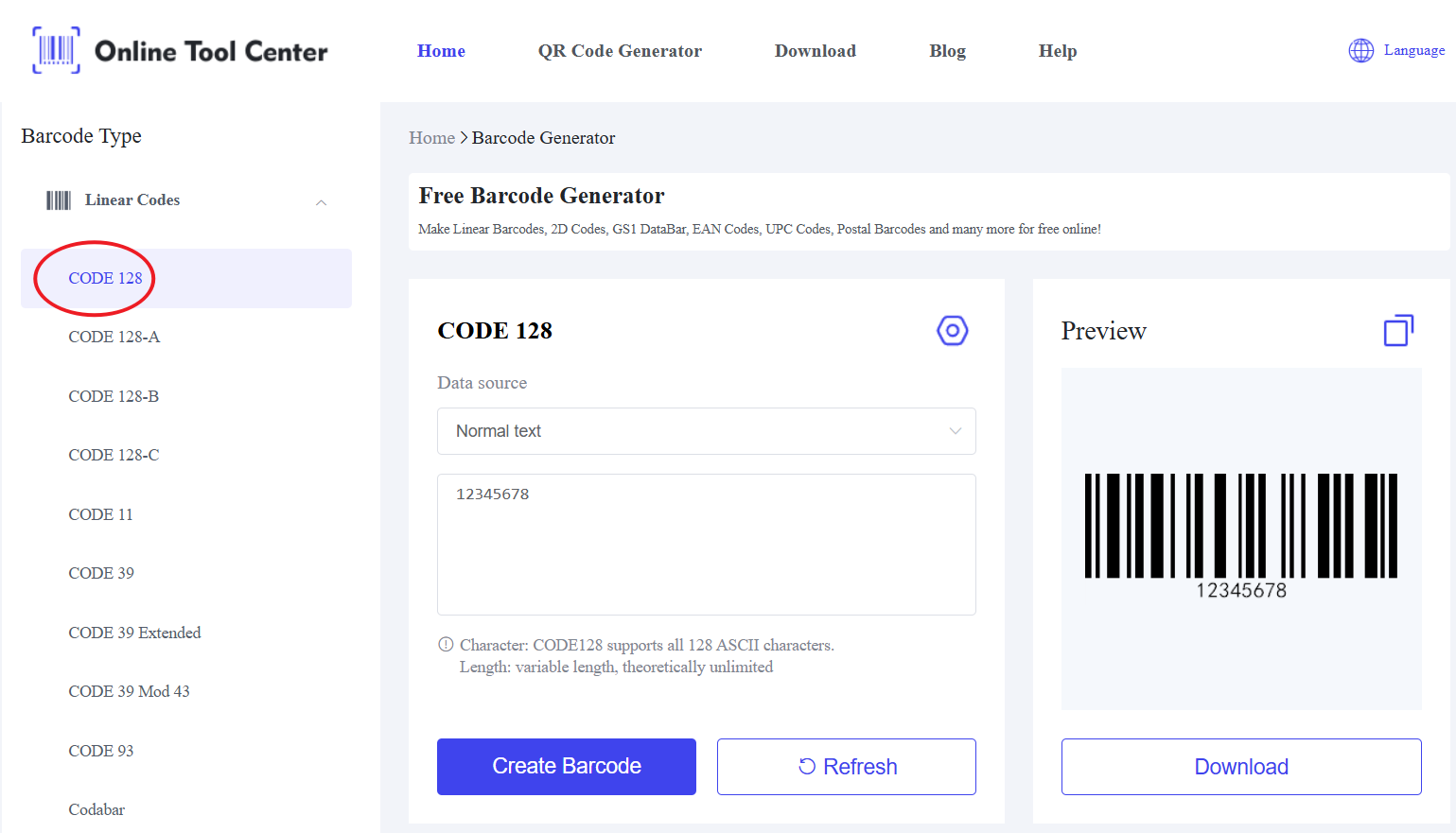When selecting a barcode format for your business, understanding the differences between PDF 417 vs Code 128 is crucial.
These two widely used barcode formats have distinct features and applications, and making the right choice can streamline operations, improve efficiency, and reduce errors in data management.
In this article, we will explore the key differences, pros and cons, and ideal use cases for both barcode types to help you make an informed decision.
What Is PDF 417?

PDF 417 is a 2D, stacked barcode format known for its high data capacity. It encodes information in multiple rows and columns, allowing it to store both numeric and alphanumeric data.
This makes it ideal for applications that require large amounts of data to be stored in a compact form.
Key Features of PDF 417
● High Data Capacity: Capable of storing up to 1,800 characters, including text and images.
● Error Correction: Built-in Reed-Solomon error correction ensures that even if the barcode is damaged, data can still be read accurately.
● Versatility: Can be used in environments where larger data sets are required, such as identification cards, shipping labels, and transport tickets.
Common Uses of PDF417
● Government and ID Cards: Commonly used for PDF417 driver license barcodes, passports, and identification cards.
● Logistics and Shipping: PDF 417 barcodes are widely used for tracking parcels, freight, and other large shipments.
● Transportation: Airlines and transportation sectors use PDF 417 for boarding passes, tickets, and baggage tracking.
What Is Code 128?

Code 128 is a high-density 1D barcode that encodes alphanumeric data. Unlike PDF 417, it is a linear barcode, meaning it stores data in a single row.
Code 128 barcodes are compact, easy to print, and efficient to scan, making them an ideal choice for many business applications.
Key Features of Code 128
● Alphanumeric Data: Code 128 can store all 128 ASCII characters, making it suitable for most applications that require numeric or text information.
● Compact Design: The linear nature of Code 128 allows for smaller, more space-efficient barcodes.
● Simple Scanning: Code 128 barcodes can be easily scanned with standard 1D scanners, making it highly versatile and cost-effective.
Common Uses of Code 128
● Product Labeling and Retail: Commonly used for labeling products, packaging, and inventory management.
● Warehouse and Logistics: Code 128 is ideal for tracking parts, pallets, and stock in warehouses and distribution centers.
● Healthcare: Used for tracking medication and medical supplies, ensuring quick and accurate identification.
Key Differences Between PDF 417 vs Code 128
1. Data Capacity
● PDF 417: Can store significantly more data (up to 1,800 characters), making it ideal for applications like government ID cards and shipping containers.
● Code 128: Suitable for encoding fewer characters, typically used for inventory tracking or retail labeling where data storage is less critical.
2. Structure
● PDF 417: A 2D stacked barcode, allowing it to encode information across multiple rows and columns, making it ideal for dense data applications.
● Code 128: A 1D linear barcode, storing data in a single row, which makes it easier to scan but limits its data capacity.
3. Error Correction
● PDF 417: Features built-in Reed-Solomon error correction that makes it more reliable in environments where barcodes may become partially damaged.
● Code 128: Does not have the same level of error correction, which may make it less reliable in challenging environments.
4. Size and Printability
● PDF 417: Requires more space to print, particularly when encoding large amounts of data. This can be a disadvantage when space is limited.
● Code 128: Can be printed smaller and is more space-efficient, making it ideal for smaller labels and packaging.
5. Scanning and Compatibility

● PDF 417: Requires specialized 2D barcode scanners for reading, which can be more expensive and complex.
● Code 128: Can be read by almost any standard 1D scanner, making it cost-effective and easier to implement in most environments.
Which Barcode Format PDF417 vs Code 128 Should You Choose?
The choice between PDF 417 and Code 128 ultimately depends on your business needs.
● Choose PDF 417 if you need to encode large amounts of data, such as in ID cards, transport tickets, or freight tracking. Its ability to store complex data and robust error correction makes it ideal for more advanced applications.
● Choose Code 128 for simpler applications where space efficiency and easy scanning are more important. It's perfect for product labeling, inventory tracking, and logistics, where smaller amounts of data need to be encoded.
Both PDF 417 and Code 128 barcodes offer unique advantages, and understanding your business requirements will help you make the right choice.
If you need a barcode with high data capacity and built-in error correction, PDF 417 is the ideal solution.
For simpler applications like product labeling or inventory management, Code 128 offers a cost-effective and efficient option.

For easy barcode generation, try our online barcode generator. Whether you need PDF 417 or Code 128 barcodes, our tool allows you to create and customize barcodes quickly and efficiently to suit your business needs.




